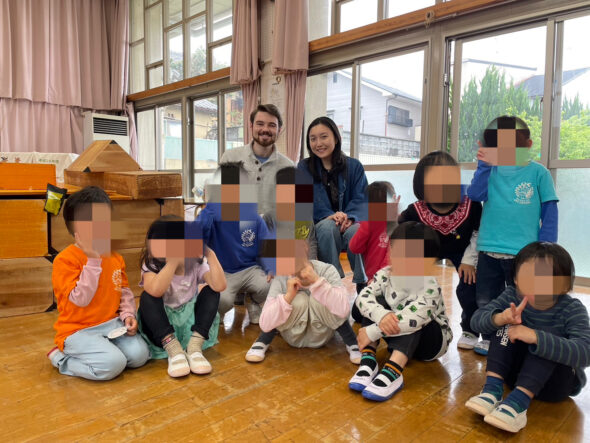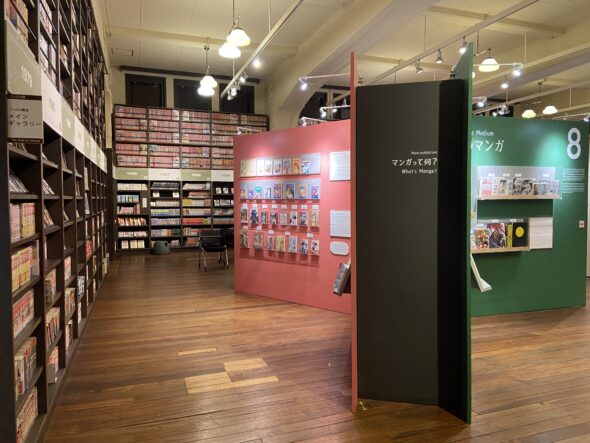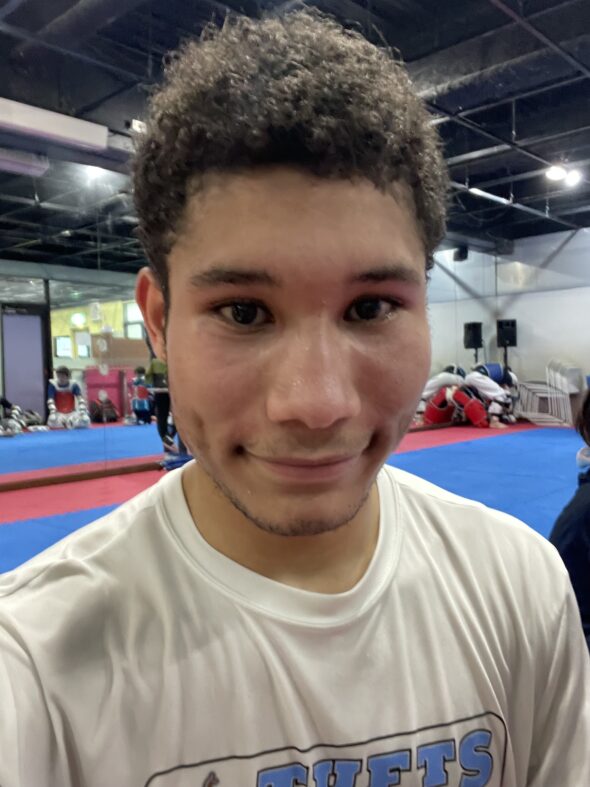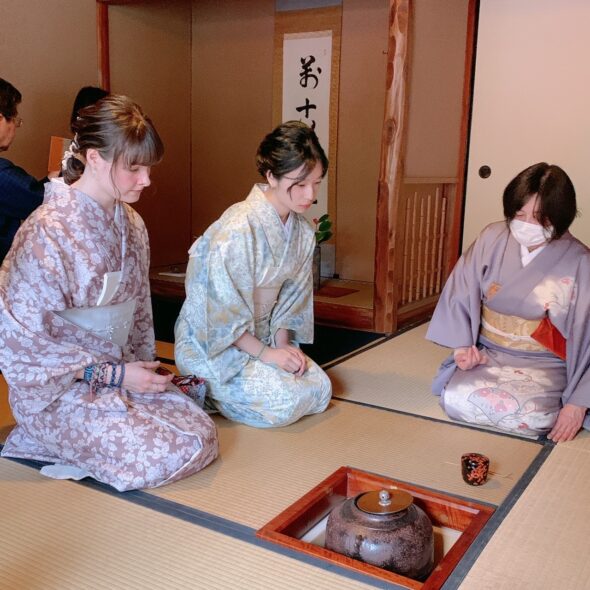
Through my CIP, I had the wonderful opportunity to learn the art of 茶道 (tea ceremony) from Fujimura-sensei, who taught us not only the complex movements of the ceremony but also the spiritual and cultural background behind them, such as wabi-sabi, Shinto and Zen, Shu-Ha-Ri, and yin/yang. Through the ritualistic sequence of the tea ceremony, we learn to let go of our thoughts and pay attention to our senses, and ultimately to approach daily life with a similar attitude of care and mindfulness.
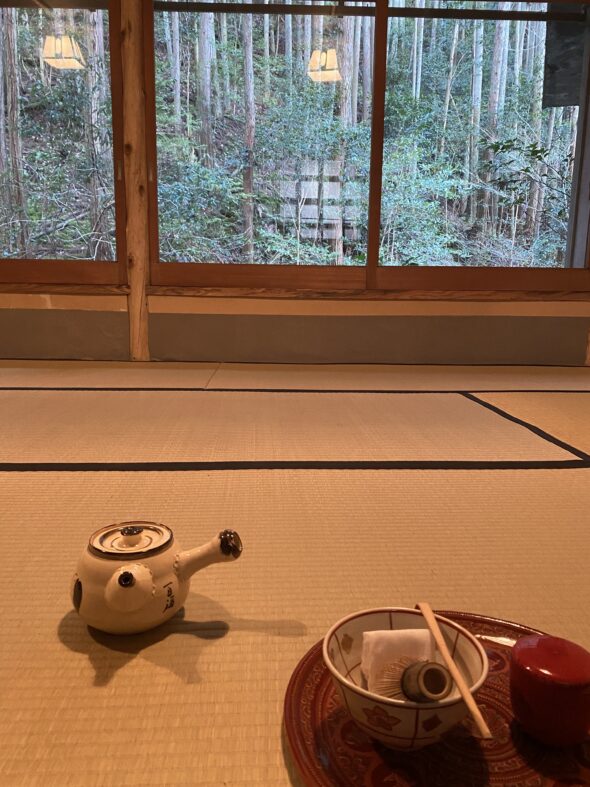
In addition to our regular practice at the beautiful 茶室, Fujimura-sensei was also so kind to take us on various cultural excursions, such as a plum blossom night light-up at Kitano Tenman-gu, seeing the sunrise at Ise Jingu, morning and night meditations, and attending an お茶会 at Heian Jingu while wearing kimono.
Through this CIP, I gained a much deeper understanding of Japanese life and culture and made so many wonderful memories. I am very grateful that I have been able to learn from Fujimura-sensei and really don’t think I could’ve chosen a better CIP! I would recommend it to anyone, particularly if you are interested in traditional arts and philosophy. The only consideration is that because there’s a lot of difficult vocab, it’ll be helpful if you’re fairly proficient in Japanese, especially listening-wise.
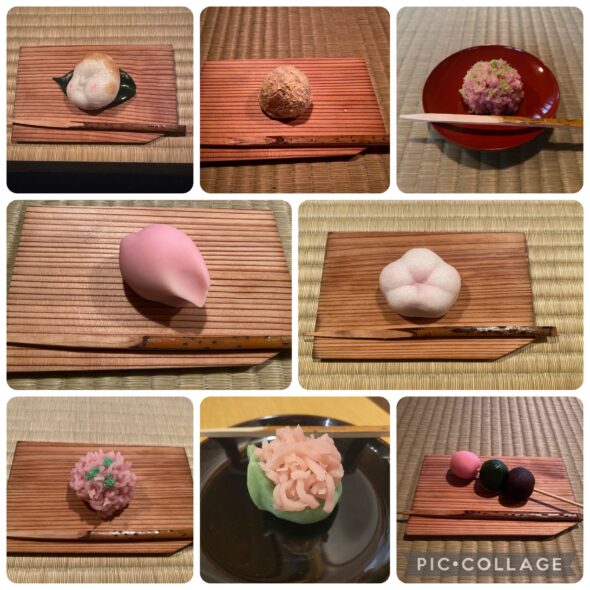

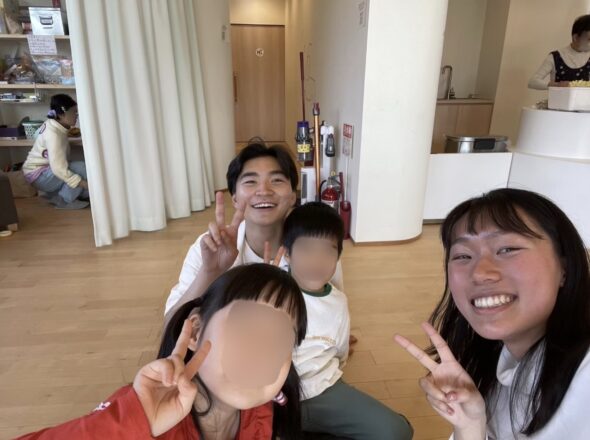
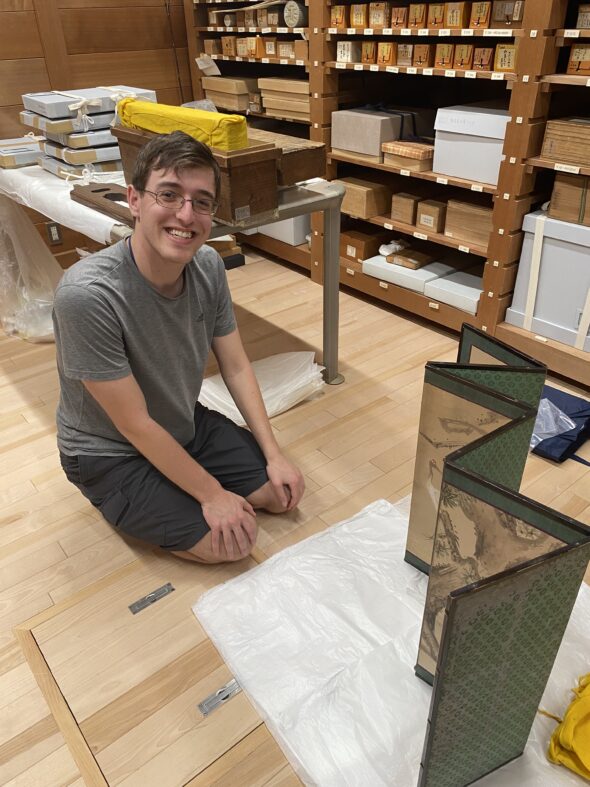
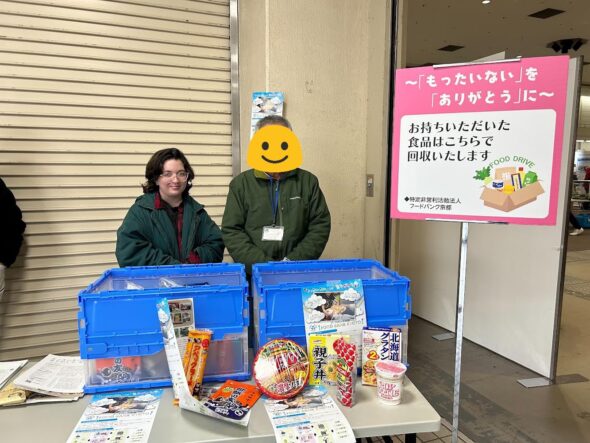
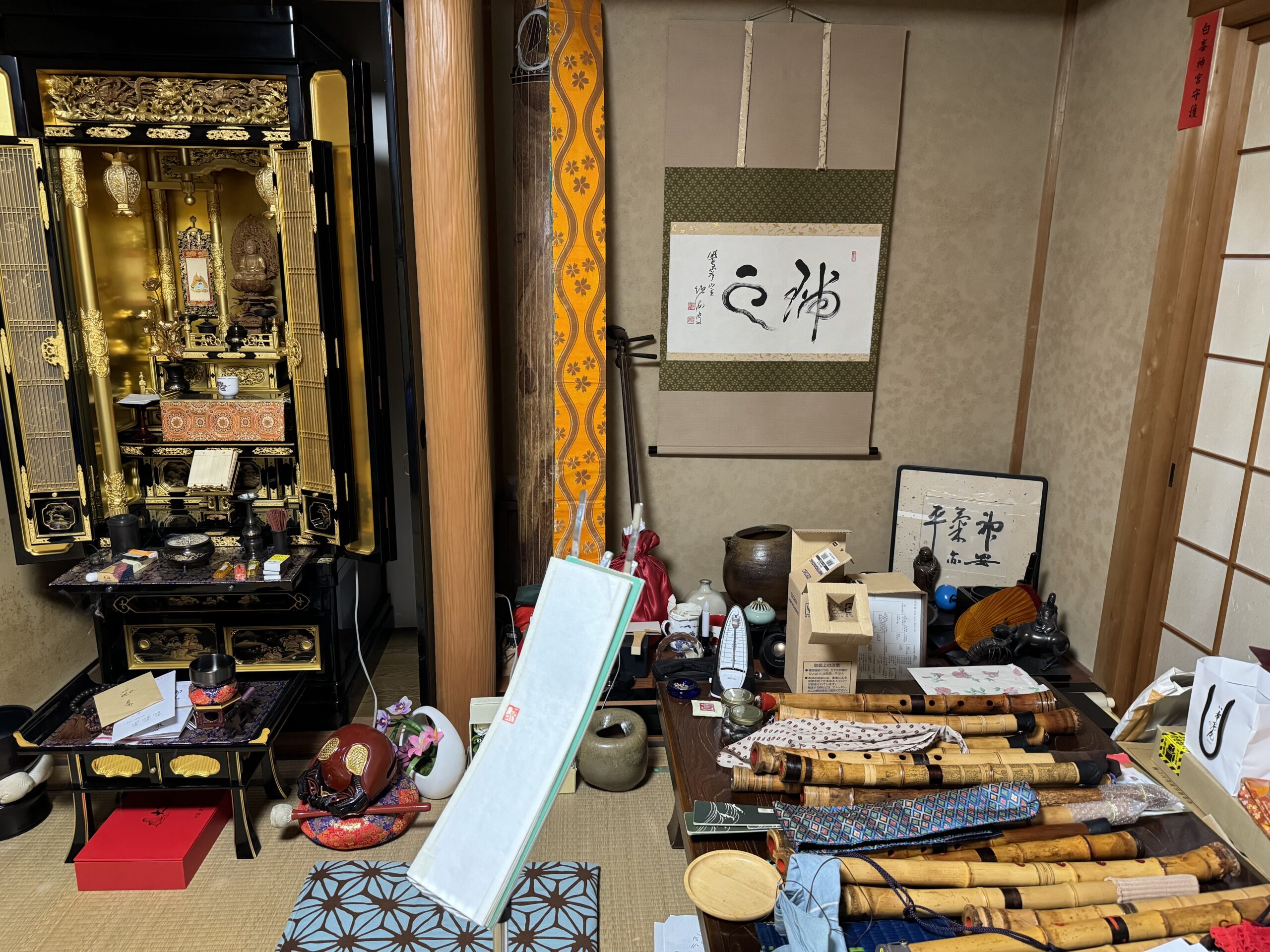
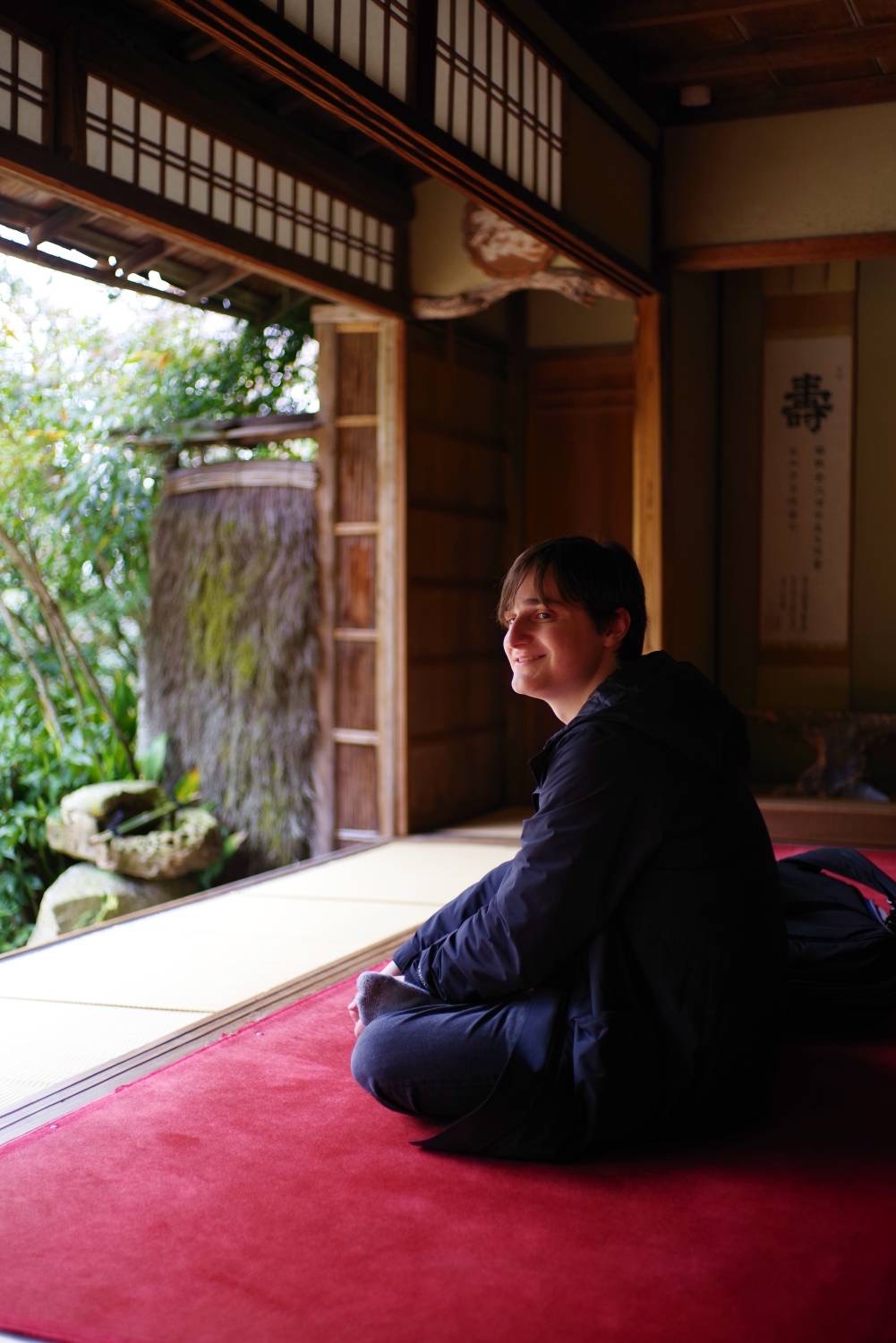
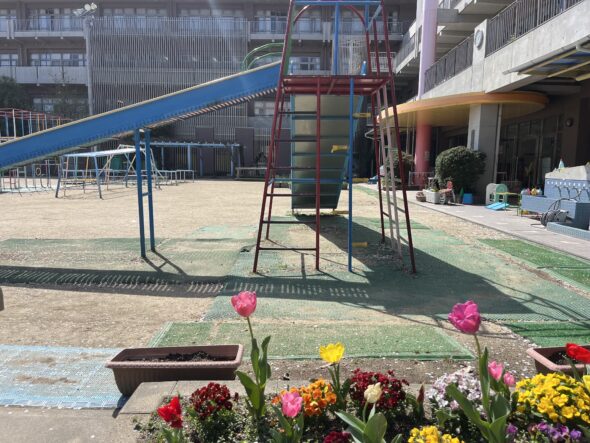
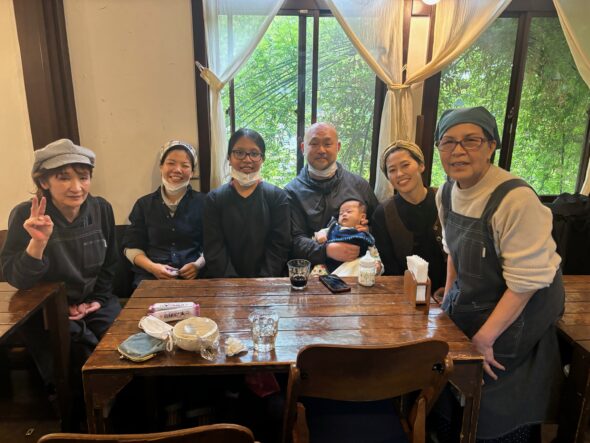 The Bazaar Cafe’s mission is to create and provide a safe space for people who are part of minority groups (sexuality, religion, age, nationality, etc.) by giving them a space to express and share their values. The people who work at the Bazaar cafe are often those who are unable to find employment in other places, due to various prejudicial reasons. Through volunteering at the Bazaar Cafe, I have met amazing people with different walks of life that have all been very accepting and interested in my individual ideas and values. By listening to their discussions about the cafe’s next steps (which include an effort to reduce the distance between college students and conversations about alcohol-related issues) at the beginning of the semester and then manually helping in the kitchen during the second half of the semester, I have been able to connect with a lot of the staff, and felt like I have contributed to the work done in the kitchen of this small but mighty cafe. Before beginning my CIP time at the Bazaar Cafe, I was warned to not be shy and instead be open to talking at the cafe. As someone who is nervous to speak in Japanese to Japanese people in fear of making mistakes, I also advise anyone who decides to volunteer at the Bazaar Cafe in the future to allow yourself to try and be open to expressing yourself. The cafe became a place where I could practice the language with locals without fear of judgment.
The Bazaar Cafe’s mission is to create and provide a safe space for people who are part of minority groups (sexuality, religion, age, nationality, etc.) by giving them a space to express and share their values. The people who work at the Bazaar cafe are often those who are unable to find employment in other places, due to various prejudicial reasons. Through volunteering at the Bazaar Cafe, I have met amazing people with different walks of life that have all been very accepting and interested in my individual ideas and values. By listening to their discussions about the cafe’s next steps (which include an effort to reduce the distance between college students and conversations about alcohol-related issues) at the beginning of the semester and then manually helping in the kitchen during the second half of the semester, I have been able to connect with a lot of the staff, and felt like I have contributed to the work done in the kitchen of this small but mighty cafe. Before beginning my CIP time at the Bazaar Cafe, I was warned to not be shy and instead be open to talking at the cafe. As someone who is nervous to speak in Japanese to Japanese people in fear of making mistakes, I also advise anyone who decides to volunteer at the Bazaar Cafe in the future to allow yourself to try and be open to expressing yourself. The cafe became a place where I could practice the language with locals without fear of judgment.